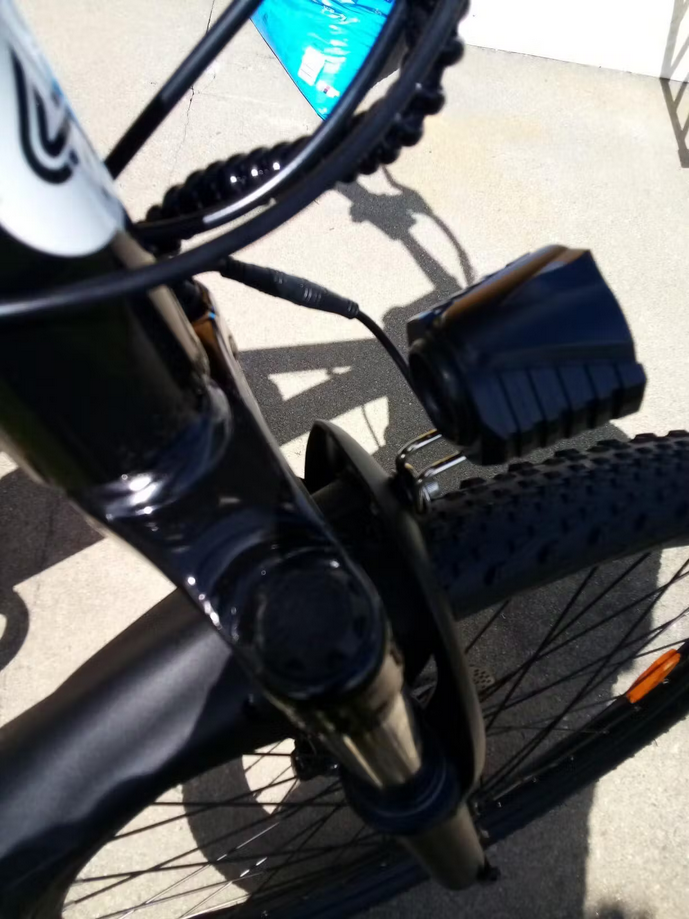We are
Powerful Electric Bike
While powerful e-bikes provide an effortless riding experience, they also encourage physical activity. Riders can choose to pedal with or without motor assistance, promoting cardiovascular health and fitness.

Introduction to Powerful Electric Bikes
Powerful electric bikes, commonly known as e-bikes, have revolutionized the way we perceive transportation and commuting. They combine the convenience of traditional bicycles with the advanced technology of electric motors, offering an efficient and eco-friendly alternative to cars and motorcycles. The surge in their popularity can be attributed to their ability to provide a swift, effortless ride while minimizing the environmental impact.
Speed and Efficiency
The efficiency of an electric bike is not just about speed but also about how well it can maintain that speed with minimal energy consumption. Powerful e-bikes are designed to be aerodynamic, reducing drag and improving overall performance.
Environmental Impact
E-bikes represent a sustainable mode of transportation, significantly reducing carbon footprints compared to traditional vehicles. They consume far less energy and produce zero emissions during operation.
Economic Advantages
They require less maintenance than cars and motorcycles, have lower operating costs, and eliminate the need for fuel. This makes them a cost-effective alternative for daily commuting and short trips.
Services for Powerful Electric Bike
Customization and Upgrades
Customization and upgrades are essential services for owners of powerful electric bikes. These services include installing higher capacity batteries, more powerful motors, and advanced controllers. Upgrading suspension systems, brakes, and adding custom accessories like saddlebags, lights, and GPS units can enhance both performance and comfort.
Routine Maintenance and Inspections
Regular maintenance and inspections are crucial to ensure the longevity and reliability of an electric bike. This includes checking the integrity of the battery, motor, and electrical connections, as well as standard bike maintenance tasks such as adjusting brakes, lubricating chains, and ensuring tire pressure and wear are within safe limits.
Battery Management and Replacement
Battery management services are essential for maintaining the health and efficiency of the e-bike’s battery. This includes services such as battery reconditioning, balancing, and replacement. Proper battery care can extend the life of the battery, improve performance, and ensure safety.
Motor and Controller Servicing
Servicing the motor and controller of a powerful electric bike ensures that it operates smoothly and efficiently. This can involve cleaning, lubricating, and adjusting the motor, as well as updating the controller software and checking for any signs of wear or damage.
Diagnostic and Repair Services
Diagnostic and repair services are vital for identifying and resolving issues with the electric bike’s components. Technicians use specialized tools and software to diagnose problems with the electrical system, motor, or battery, and perform necessary repairs to restore the bike to optimal condition.
Software Updates and Tuning
Software updates and tuning services can optimize the performance of an electric bike. Manufacturers often release firmware updates that enhance functionality or fix bugs. Additionally, tuning services can customize the power delivery, pedal-assist levels, and other parameters to match the rider’s preferences.

Advancements in Battery Technology
Advancements in battery technology have played a significant role in the development of powerful e-bikes. Modern lithium-ion batteries are lightweight, durable, and offer rapid charging times. Innovations such as regenerative braking, which captures and stores energy during braking, further enhance the efficiency and range of e-bikes.
Battery capacity, measured in watt-hours (Wh), dictates how far an e-bike can travel on a single charge. Powerful e-bikes are equipped with high-capacity batteries, often ranging from 500Wh to 1000Wh or more. This ensures longer ranges, typically between 50 to 100 miles (80 to 160 km), depending on the riding conditions and the level of pedal assistance used.
Want to know what we can do for you?
Latest from the blog
No Results Found
The page you requested could not be found. Try refining your search, or use the navigation above to locate the post.
Why Choose Us
Do You Need Help?
Fill out this form, and we'll setup a free consultation!
